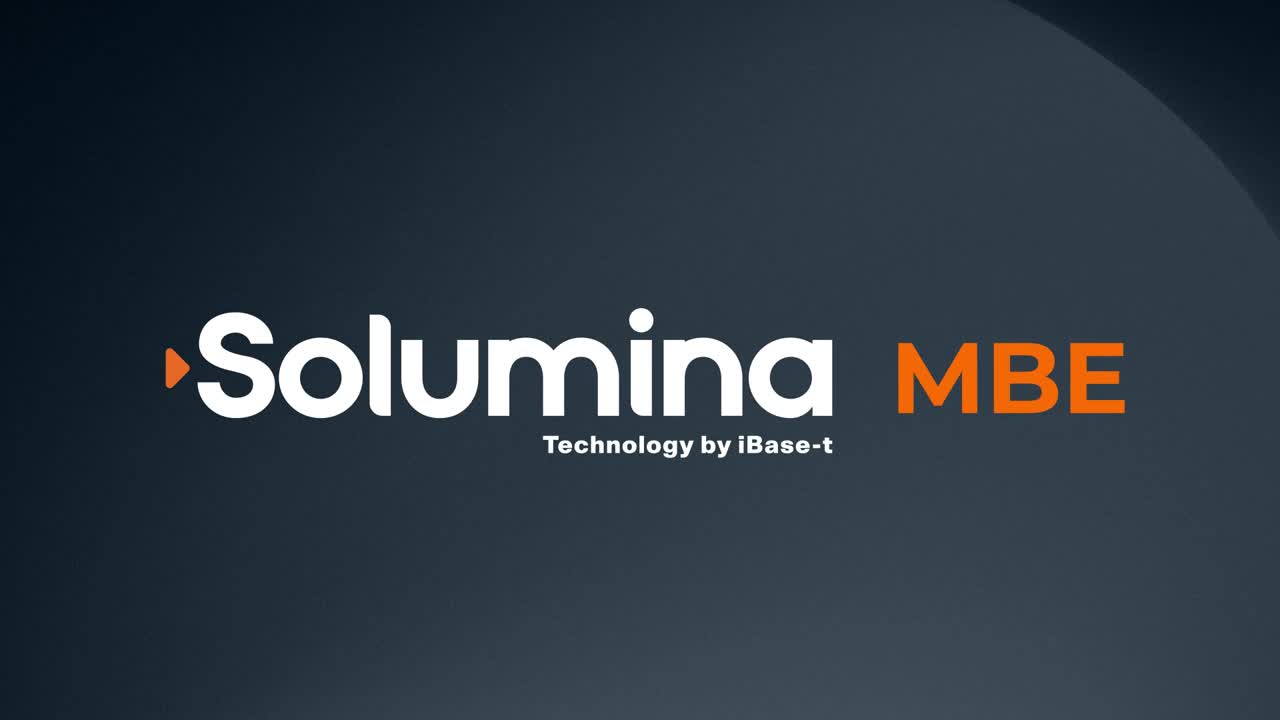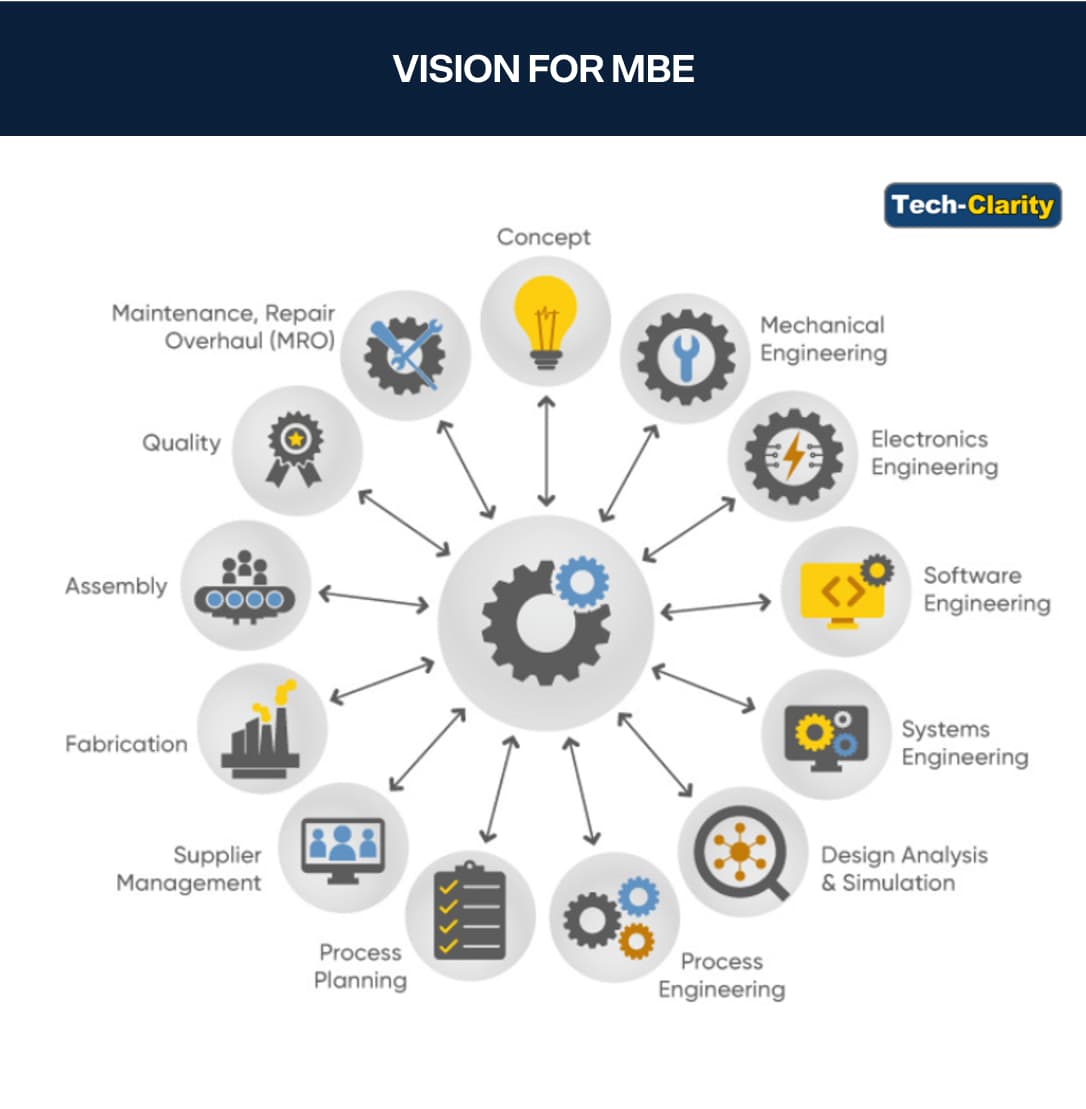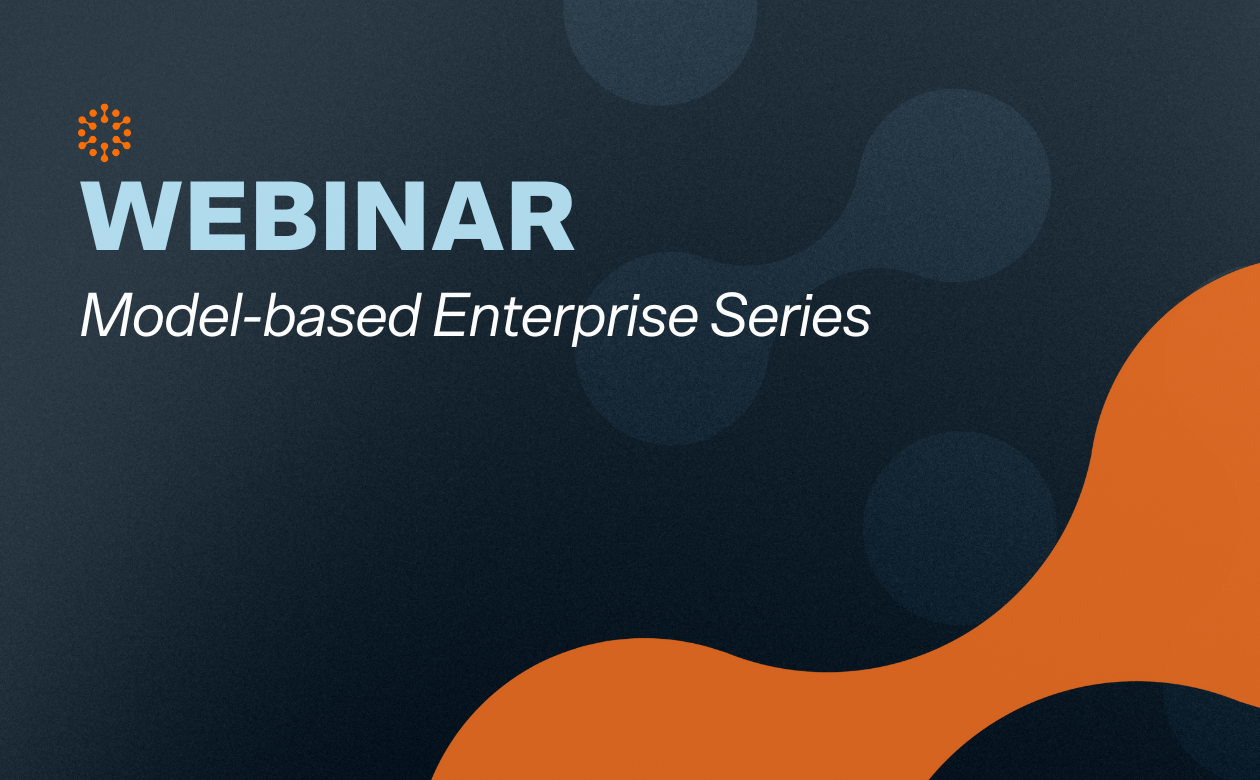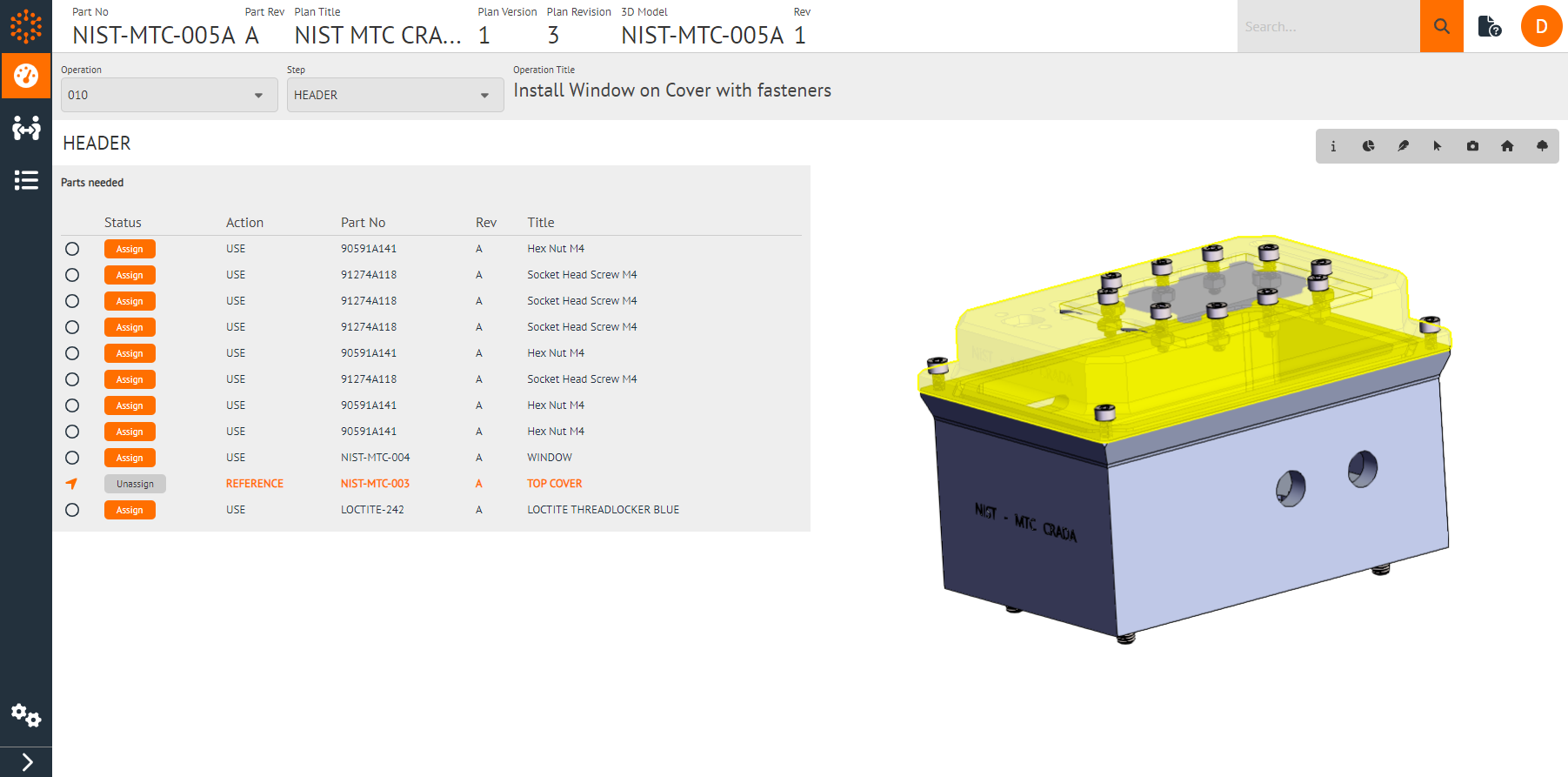Model-based Enterprise
Achieve the Model-based Enterprise (MBE) by harnessing and propagating design decisions downstream to manufacturing and throughout the product lifecycle.
Exclusive Report: Building a Model-based Enterprise
iBase-t provides research offering insights for manufacturers looking to integrate their tech stack and evolve into a Model-based Enterprise.

Solumina MBE Overview
Solumina MBE is the first model-based MES solution tailored for aerospace and defense manufacturers. It integrates 3D digital models across the Solumina Manufacturing Operations Platform to enhance quality, efficiency, and traceability throughout the product lifecycle.
Top Three Reasons to Become a Model-based Enterprise
The MBE is uniquely capable of effecting positive change in three key areas: quality, velocity, and efficiency.
Quality
Velocity
Efficiency
MBE, the Key to Smart Manufacturing
MBE unlocks the intelligence of engineering models to automate downstream processes, improve efficiency, lower costs, and increase quality. Many manufacturers look at MBE as an integral part of their digital transformation strategy; it has the potential to help them become more competitive and responsive to market opportunities today and more resilient in the face of disruptions in the future.

Modernize the Way You Think About Product Lifecycle
Manufacturers are particularly interested in MBE when they realize that their existing systems are holding them back. Consequently, they are especially motivated to implement a modern approach that will support future growth. Manufacturers are integrating applications such as PLM, MES, SQM, and MRO as part of their MBE strategy.

Model Data Becomes the Core of the Digital Thread
Model features and characteristics (PMI Data) are linked to the manufacturing and supplier processes. Changes are automatically propagated for review and publication. Model visuals can now be accessible at every step of the process with intelligent highlights.

MBE in Action: Complex Discrete Manufacturing Experts Panel
Our esteemed panel will include Ron Squires who leads digital transformation for the Strategic Space Systems Division of Northrop Grumman Space Systems, in addition to Jeff Gleeson, Former Lockheed Martin Aeronautics Sr. Manager, Julie Fraser of the independent research firm Tech-Clarity and Michel Gadbois of iBase-t.

On-Demand: MBE Webinar Series
Attend our webinar to learn about product lifecycle execution, define the mode-based enterprise, and see how to develop digital continuity.
Revenue, Time, Value; MBE Makes a Lasting Impact
Those with an MBE strategy enjoy greater efficiencies, enabling more revenue growth, profit margin expansion, and lower costs.
3-5%
50%
48%
Solumina Model-based Enterprise (MBE)
Solumina MBE is the industry’s first model-based MES solution purpose-built for complex discrete manufacturers in Aerospace & Defense and other critical manufacturing industries. Our solution integrates 3D digital models across the Solumina Manufacturing Operations Platform to drive quality, efficiency, traceability, and cost savings, contributing a potential 3-5% revenue back to EBITDA.
Features of Solumina MBE
Transform static, 2D processes into a dynamic 3D experience
Get a real-time, fully contextualized, and trackable digital view of your product throughout its lifecycle. Solumina MBE digitally integrates design engineering, planning, production, and quality like never before, providing a single visual source of truth across every step of the process.
Our solution empowers process planners and technicians alike with interactive 3D work instructions that streamline production, reduce errors, and improve traceability. Take your productivity, quality, and competitiveness to the next level with this significant step towards a fully model-based enterprise.

Convert CAD Files to a Web-Viewable Format
Native CAD files are imported into the Solumina database and converted to a 3D format that reduces the file size and is easily viewed in the Solumina Web UI.
Enhanced Process Planning
During process authoring, planners assign components from the 3D model to operations or steps within the process plan via an intuitive, “what you see is what you get” visual experience.
Dynamic 3D Work Instructions
Once assigned, 3D components are systematically highlighted in the work instructions during shopfloor execution. The dynamic 3D model evolves with each step, reflecting the current state of the assembly.
Intuitive Shop Floor Execution
The 3D model guides shop floor technicians through each operation with clear visual indicators, driving efficiency and reducing errors. Selecting a part on the 3D model highlights the corresponding part data in other fields like the parts list and “Need to Collect” panel —and vice versa—aiding in the accurate execution of each step.
Interactive Control
The 3D model is highly interactive, allowing users to maneuver, zoom into, or explode their view of the assembly as needed. The PMI data displayed on the model can also be toggled on and off.
End-to-End Traceability
Solumina MBE delivers end-to-end traceability of an assembly by leveraging the universally unique identifier (UUID) data in the model to create a complete digital thread.
Bring Intelligence to Your Model-based Enterprise
Solid model data is key in the manufacturing and quality processes. All evolutions are propagated as intended: supplier and work instructions, control plans, and auto-generated operation and step visuals.
No More Transcribing
Step Visuals Auto-Created
Engineering Change-Time Collapses
Suppliers are Linked
The Model Speaks “Executive”
3-5 % of Revenue Saved
MBE Transformation Partners
iBase-t has an ecosystem of specialized partners that can help you analyze your MBE maturity and opportunities by program and define a realistic strategy to achieve your MBE transformational objectives. Change is hard. These partners can bring you lessons from all of those who got there first, avoiding costly mistakes and speeding-up the process.
MBE Presentation
The ABCs and Opportunities of MBE by Michel Gadbois, VP, Chief Enterprise Architect, iBase-t.
Key Phrases Associated with MBE
Digital Thread
Digital Twin
Cyber Asset
Accelerate Your Understanding of MBE
Learn What Solumina
Can Do for You With a Custom Demo



